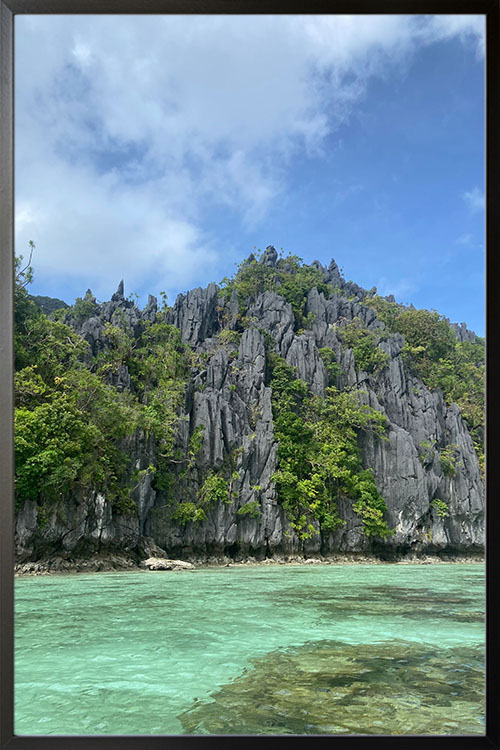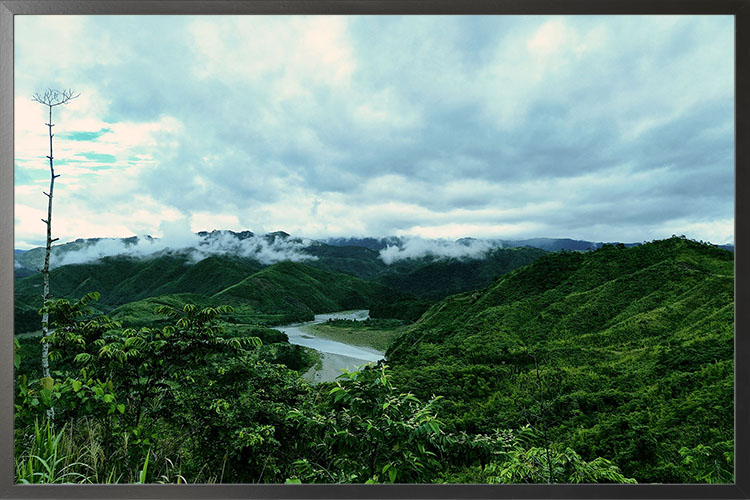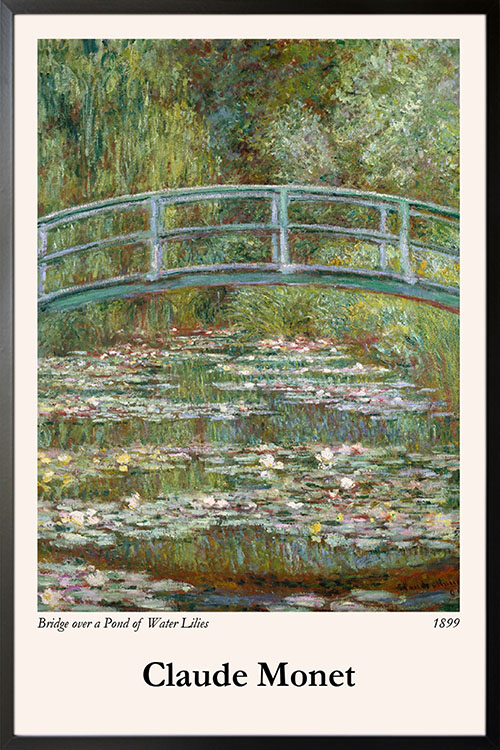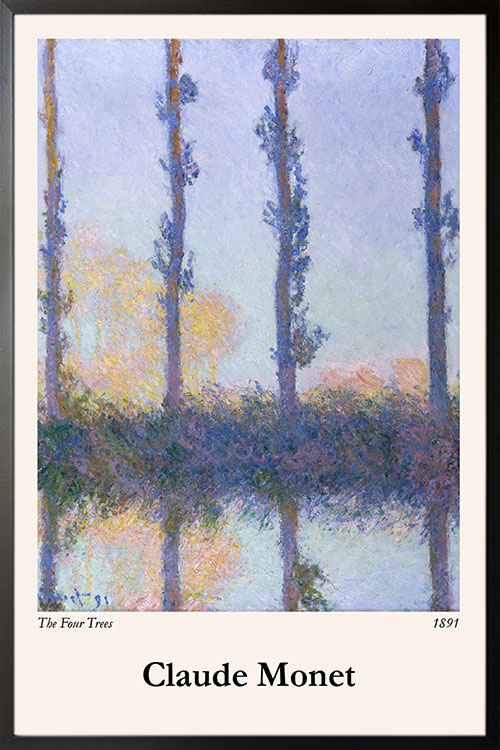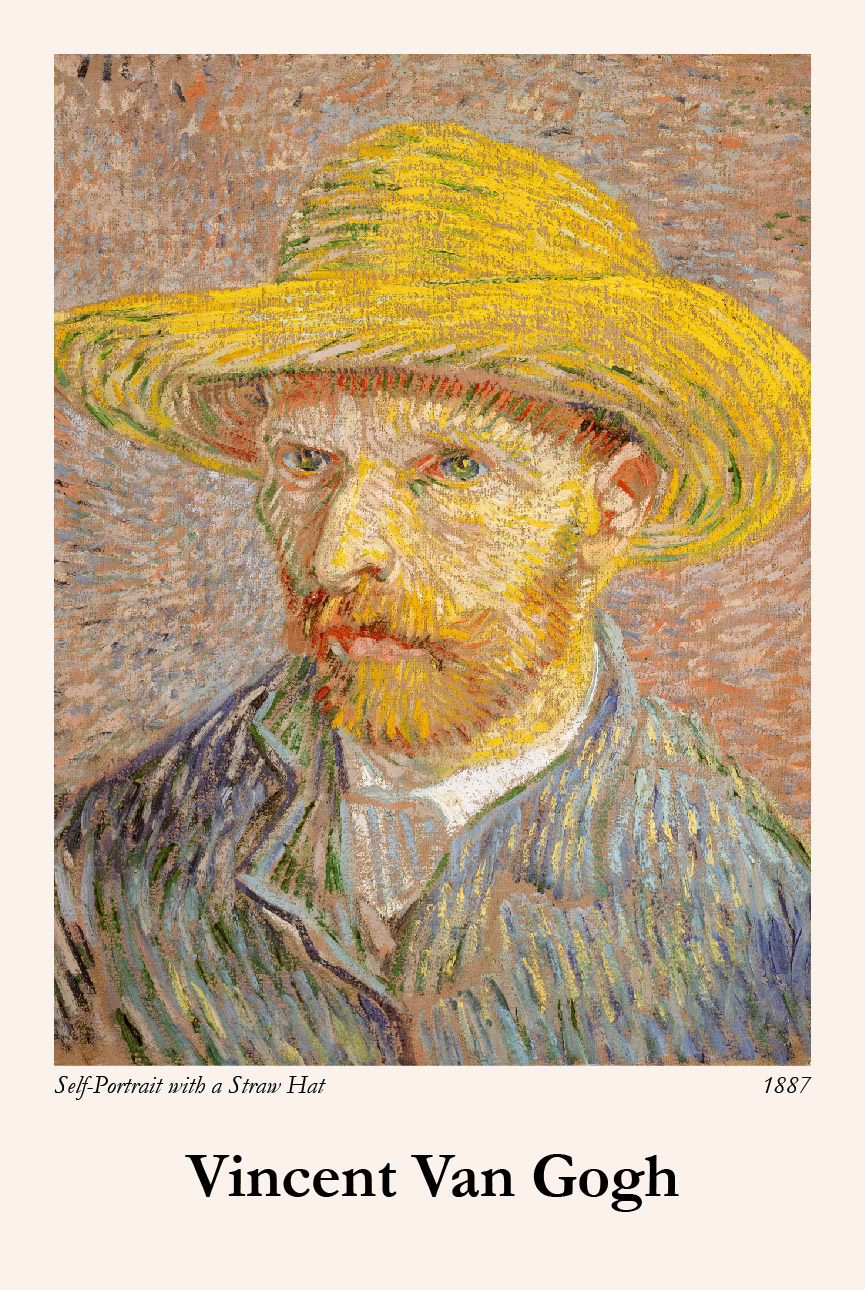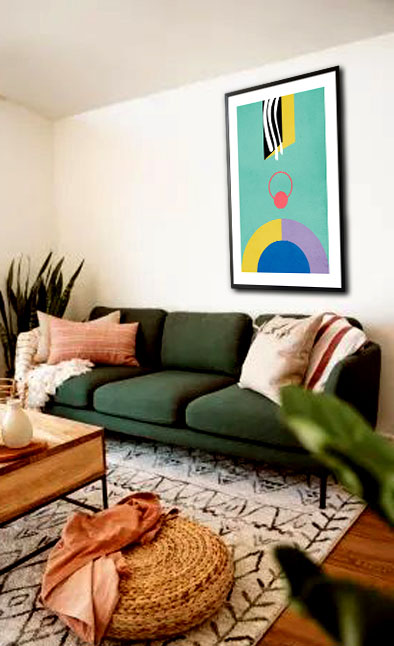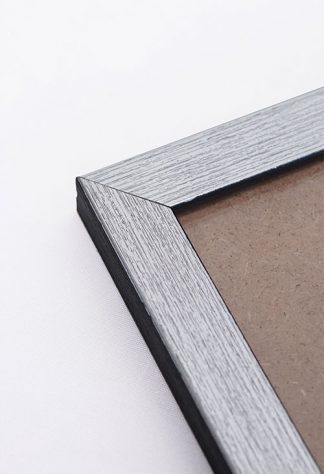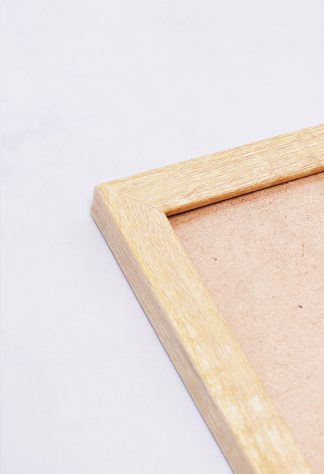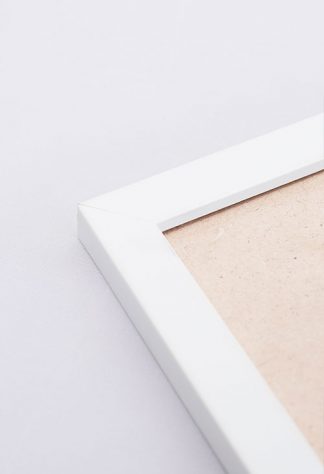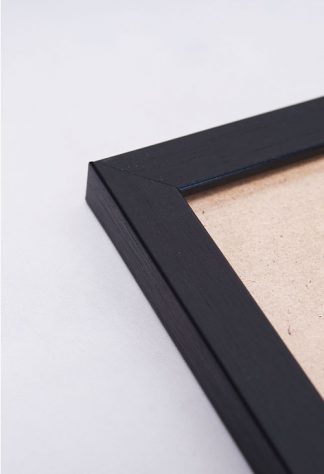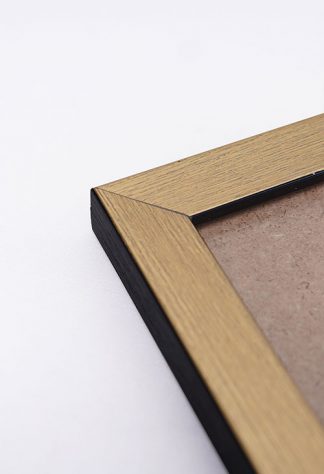
If you think mixing interior design styles is hard, think again! Mixing styles is easy than you might think. Most styles that you are familiar with are in fact blends of different eras and periods. Styles emerge depending on the designers or homeowners. In many instances, they incorporate different ideas from various periods and incorporate them in their homes. Sometimes it is even better if you create your own design and make use of the materials that you already have. Read on to learn more about different ways to incorporate or blend different styles without causing any disaster.
Choose a color palette
The use of too many colors can be an eyesore. Remember that with a limited color palette, you will be able to cohere the rooms together. The use of the same colors throughout the space can bring items together. With a few chosen colors, they will be able to unify the whole house.
Unifying pattern
Use a shape or motif that can bring a room together. This helps in achieving a unified space. One good example to bring consistency to the style is to pick up on the lines of a sofa or favorite chair and repeat that curve or line throughout the space.
Create a distinct focal point
Look around your room and think of any item or group of items that can be used as a focal point. In interior design, the focal point is one of the fundamental elements in interior design. Think of it as the start of the room… a head-turner. It is the first place that captures the attention of the viewers when they enter a room. A focal point can give emphasis on which you can build the rest of the design. This can be a piece of furniture, painting, or a decorative item like a vase or an antique jar.
Go with a theme
The theme does not need to be exaggerated. For instance, if you plan on creating a sporty theme, you need not have to add pictures of patterns of balls, caps, or anything to the whole room. Choosing a particular theme such as a particular seascape or landscape can really bring a room’s elements together. Do this in the kids’ bedroom and you will have a compelling room interior.
Final Thoughts
There are no specific rules when it comes to decorating and designing. In many instances, you work with what you think is best and most suitable to your taste. You can always be versatile and create a home that is comfortable and appealing.
When it comes to the styles, there are a lot that you may have seen or read about. It is also a trend to combine certain styles to achieve the right home interior. New design styles even emerged because of the mixing of styles. The eclectic design style is actually a blend of different styles to create a unique look that will be loved by the homeowner.
